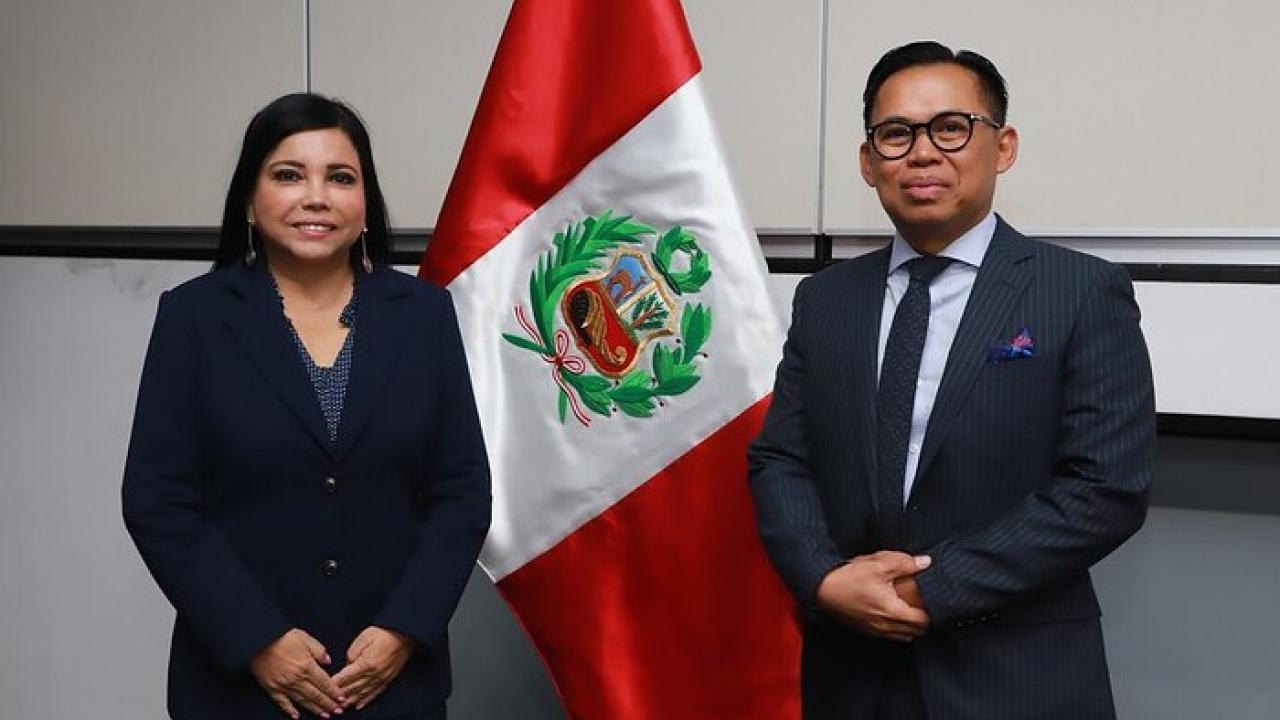
This dynamism was driven by the agricultural sector, which represented 63.2% of exports to the Asian country, with a total of US$ 9 million.
At the end of the first quarter, Peruvian exports to Indonesia reached a value of US$ 14.3 million, with a growth of 89.4% compared to the same period in 2023, according to data from the National Superintendency of Customs and Tax Administration ( Sunat), compiled by ComexPerú.
This dynamism was driven by the agricultural sector, which represented 63.2% of exports to the Asian country, with a total of US$ 9 million, an increase of 59.2%.
According to the information available, between January and March, cocoa beans led the ranking of the main products exported to Indonesia, concentrating 70% of shipments, with US$ 8.5 million, a figure that showed a year-on-year increase. of 61.3%.
Shipments of natural calcium phosphates (US$ 4.3 million), tara seed mucilage (US$ 393,654), raw unalloyed zinc (US$ 256,196) and color lakes (US$ 249,606) continued on the list. Grapes were an agricultural product that was not exported in this period, but was in previous years. In the last three years (2021-2023), grape shipments recorded, on average, an annual export value of US$ 7 million.
OPPORTUNITIES IN INDONESIA
Currently, Indonesia is part of the G20, a group of the world's most important economies, which represent 85% of world GDP. In addition, it registers sustained economic growth: between 2012 and 2022, its GDP grew at an average annual rate of 4.5%, according to the World Bank. In the first quarter of 2024, it grew by 5.11% year-on-year.
In 2023 alone, the Asian country purchased fresh and frozen fruits from around the world worth US$1,445 million, according to figures from the International Trade Center.
Among the products that stood out – and that are part of Peru's agricultural exportable offer – were fresh grapes, for US$ 400 million (+21.1% compared to 2022); citrus fruits such as mandarins (US$ 185 million, +1.1%) and oranges (US$ 32.1 million, +6.6%); and strawberries (US$ 5.4 million, +46.4%).
According to Comex Peru, these figures reveal the opportunities that the Indonesian market would offer for Peruvian products, which is why it is important to promote greater commercial openness.
In this framework, he detailed that between May 27 and 30, the first round of negotiation for the Comprehensive Economic Association Agreement between Peru and Indonesia was held, which contemplated – among others – the chapters on market access, legal and institutional matters. , cooperation, rules of origin, technical barriers to trade and customs procedures.
“To date, the average tariff for the import of fresh and frozen fruit in Indonesia is 6.3%, applicable to countries with which it does not have a trade agreement. Upon concluding a trade agreement with Peru, our products would enter that country with tariff preferences (…) The work of the public sector is crucial to continue promoting trade opening for the products of our exportable offer, which will give us competitive advantages over others. global suppliers,” ComexPerú noted.









